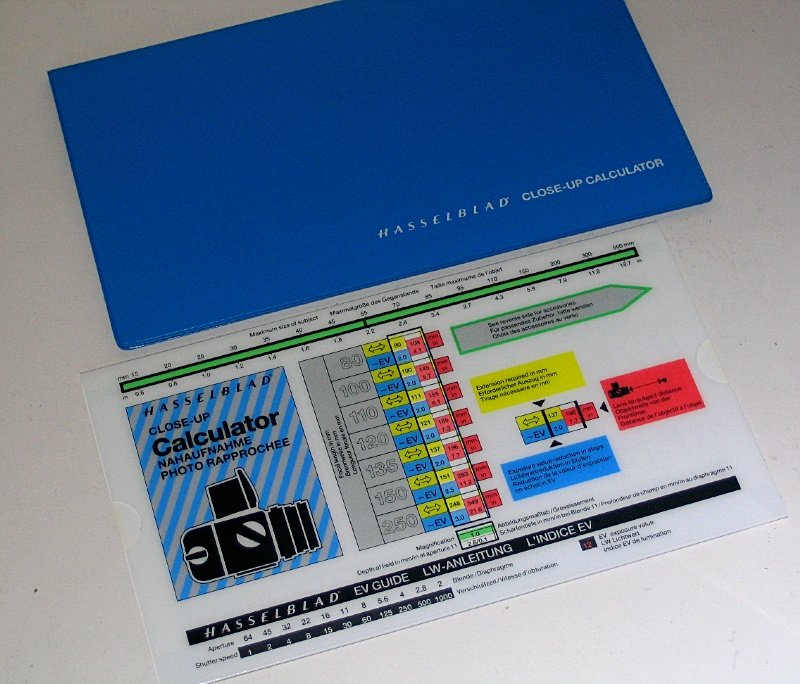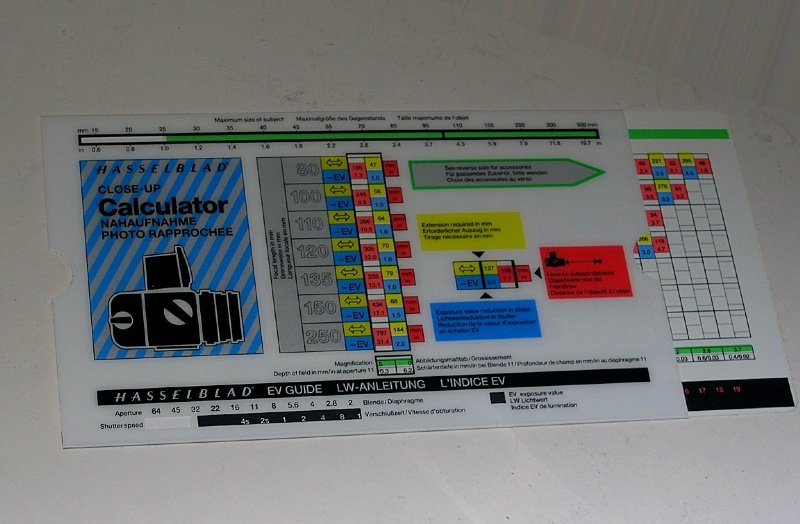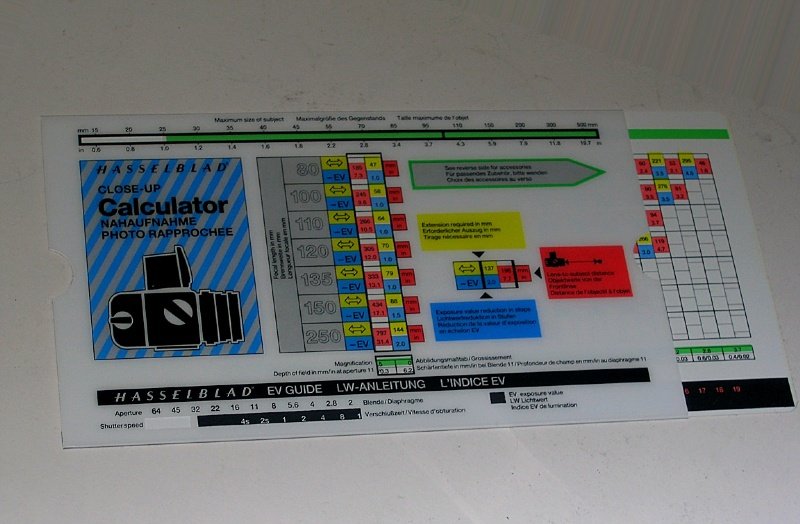Professional
Member
Hey there,
I would like to ask about extension tubes: what are the differences between each extension tube? I would like to know how much is the minimum or working distance with each extension tube to be used on normal non-macro lenses, i mean how much close-up i can go with any of extension tubes.
I would like to ask about extension tubes: what are the differences between each extension tube? I would like to know how much is the minimum or working distance with each extension tube to be used on normal non-macro lenses, i mean how much close-up i can go with any of extension tubes.



